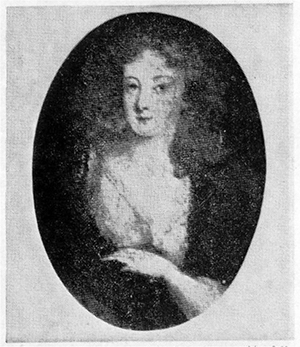June 13
Published in On this Day listing- 1941 The Rosslare–Fishguard ferry Patrick was sunk by the Luftwaffe a few miles off Fishguard. Twenty-three lives were lost.
- 1990 Captain Terence O’Neill, latterly Lord O’Neill of the Maine, prime minister of Northern Ireland (1963–9), died.
- 1959 Seán Lester, Antrim-born civil servant who was the last secretary-general of the League of Nations (1940–5), died.
- 1817 Richard Lovell Edgeworth (73), landlord, writer, inventor and father of the novelist Maria Edgeworth, died.
- 1798 Battle of Ballynahinch, marking the end of the rising in County Down.

Above: Miniature of Betsy Gray. (C.J. Robb)
The Battle of Ballynahinch, Co. Down, where the legendary Betsy Gray, mounted on a white horse and carrying a green flag, rallied the rebels. Betsy came to an inglorious end. In the pursuit by Crown cavalry of the fleeing rebels, she, her brother George and her lover Willie Boal were overtaken by the notorious Hillsborough Yeomanry in Ballycreen, some two miles from the town, and summarily executed, the beautiful Betsy in particularly cruel fashion. First they severed her gloved hand with a sabre and then shot her in the eye. In subsequent years she was much revered in local memory and featured prominently in poems, ballads and prints. Then, in 1886, her tragic story reached a wider audience with the publication of the hugely popular novel Betsy Gray or Hearts of Down by the journalist and entertainer W.G. Lyttle. In 1896, thanks to the generosity of an American who claimed to be her grand-nephew, a granite stone with railings was erected at her burial place in Ballycreen, but it would not stand for long. While the locals, by then solidly unionist, initially raised no objection, they subsequently became alarmed by the increasing popularity of the monument as a place of pilgrimage for nationalists, and were outraged when plans were announced for a ceremony there as part of the national celebrations marking the centenary of the 1798 Rebellion. On the eve of the ceremony they smashed the monument to pieces with sledgehammers. They meant no disrespect to Betsy’s memory, they declared, but would not tolerate an event there organised by ‘Catholics and other Home Rulers’.
















